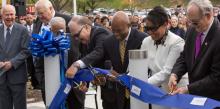Story by Tamaria L. Kulemeka
Norman Carter, a member of Allegheny West Conference’s Temple Emmanuel in Youngstown, Ohio, is also on the frontlines of the drug crisis.
“[The opioid crisis] is a beast that’s been unleashed. … In order to stop it, you have to stop drugs, and we know that is not going to happen. I think that all we can do is be prepared to provide services to those in need,” says Carter, who kicked his crack cocaine habit nearly eight years ago, and three years ago founded the Carter House, a transitional residential program in Youngstown.



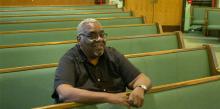

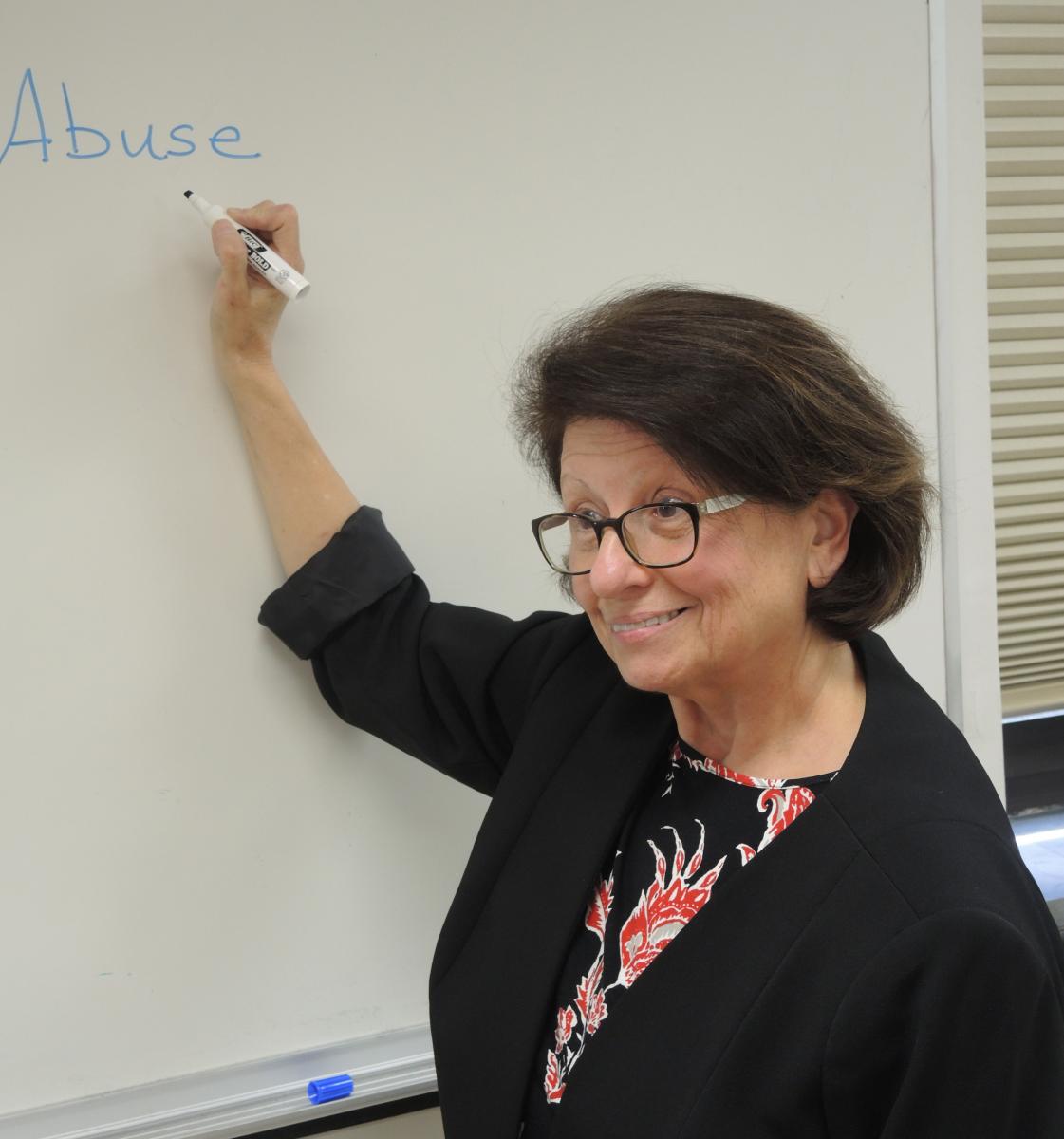 Bonnie Franckowiak, professor and coordinator of the Master of Science Nursing Program at Washington Adventist University, says recognizing substance abuse varies from age group to age group. For example, adolescents showing changes in mood or failing grades could be signs of drug use. In more advanced age groups, needle marks could be a clue that someone is using. She says the biggest determinant is recognizing a person ceasing to function as he or she once did, not to mention their finances vanishing for no visible reason.
Bonnie Franckowiak, professor and coordinator of the Master of Science Nursing Program at Washington Adventist University, says recognizing substance abuse varies from age group to age group. For example, adolescents showing changes in mood or failing grades could be signs of drug use. In more advanced age groups, needle marks could be a clue that someone is using. She says the biggest determinant is recognizing a person ceasing to function as he or she once did, not to mention their finances vanishing for no visible reason.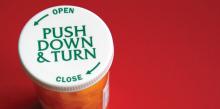
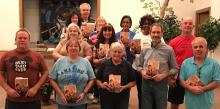

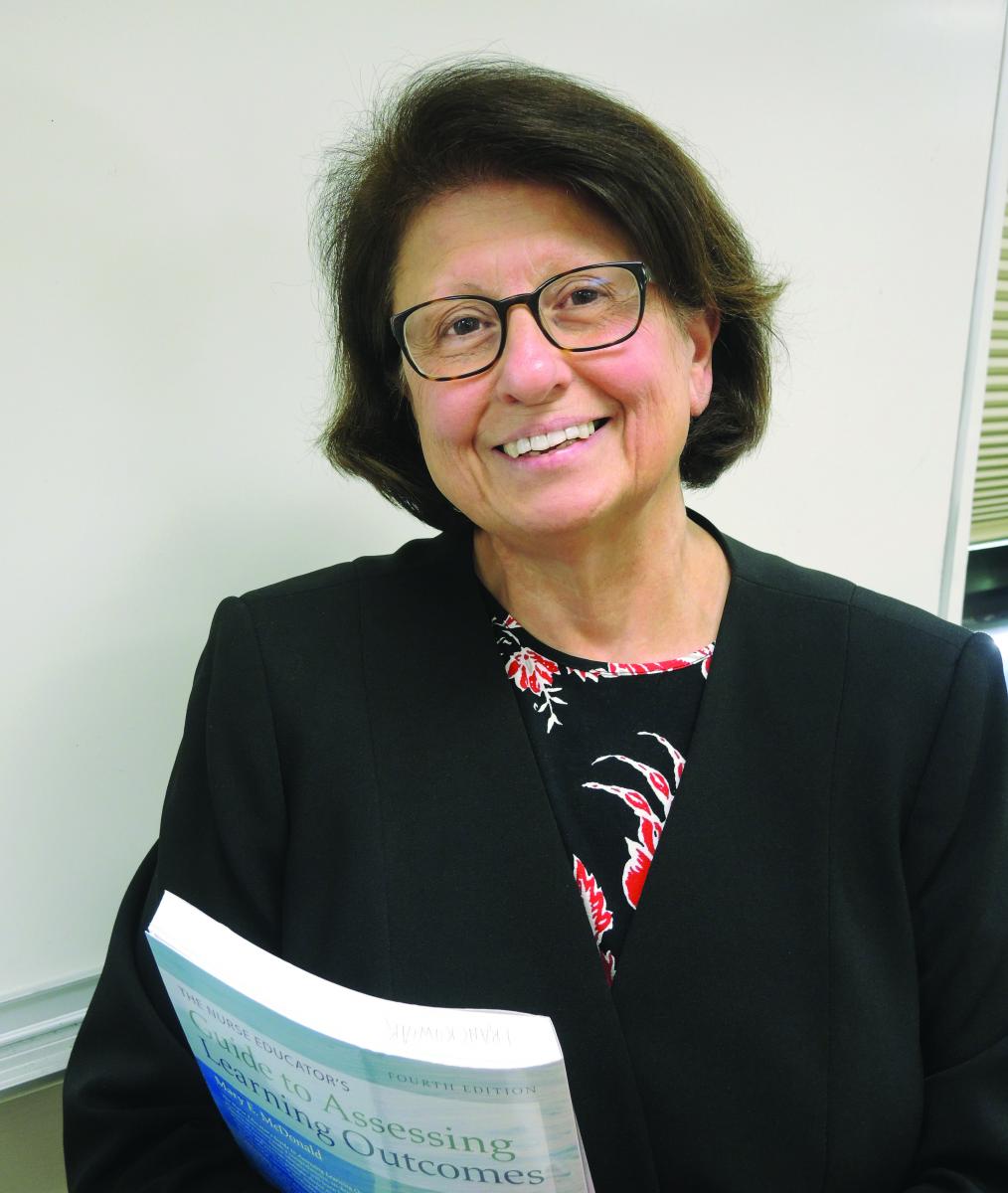 Bonnie Franckowiak, professor and coordinator of the Master of Science Nursing Program at Washington Adventist University in Takoma Park, Md., says, “The use of opioids in this country is staggering. It’s huge, and it’s growing all the time; we don’t seem to have a handle on it at all,” she says. “In 2012, 259 million prescriptions were written for opioids, which is enough to give every American adult their own pill box.”
Bonnie Franckowiak, professor and coordinator of the Master of Science Nursing Program at Washington Adventist University in Takoma Park, Md., says, “The use of opioids in this country is staggering. It’s huge, and it’s growing all the time; we don’t seem to have a handle on it at all,” she says. “In 2012, 259 million prescriptions were written for opioids, which is enough to give every American adult their own pill box.”
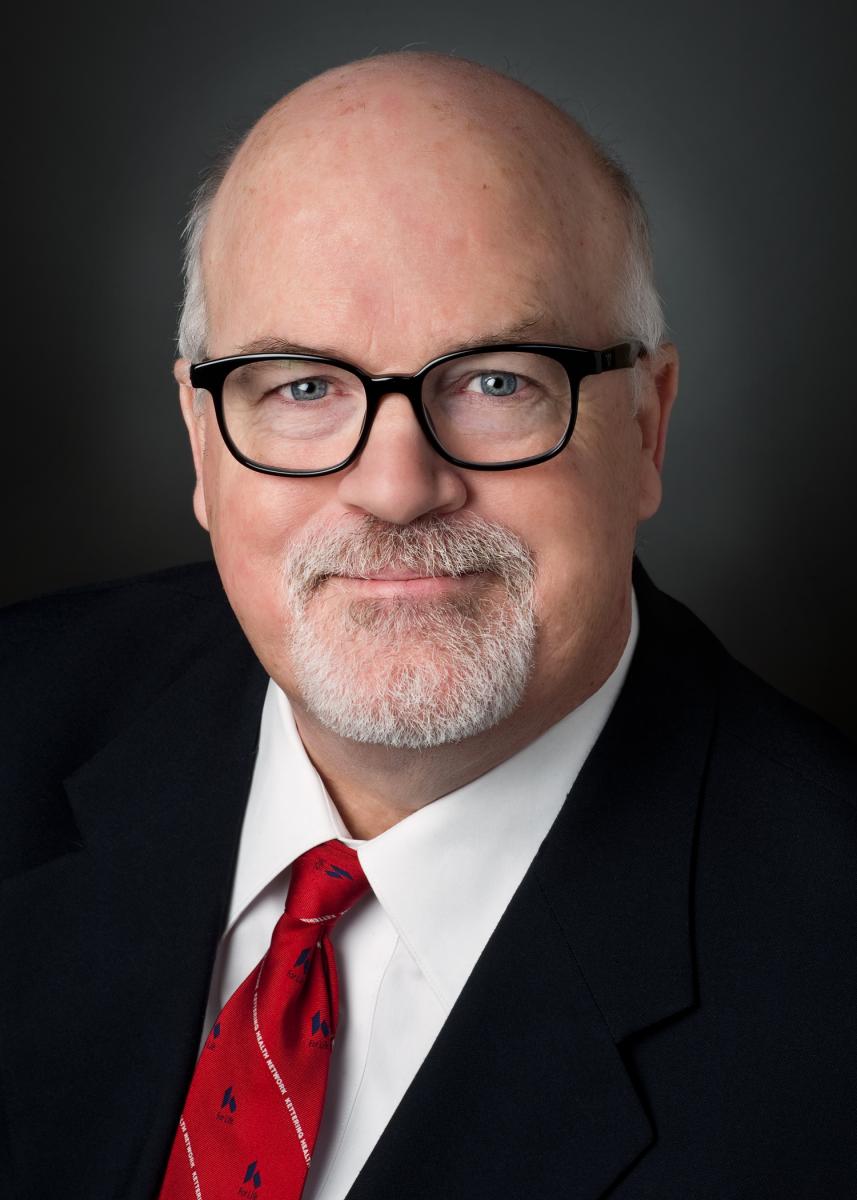 Story by Elizabeth Long
Story by Elizabeth Long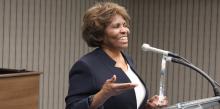
 Story by V. Michelle Bernard
Story by V. Michelle Bernard